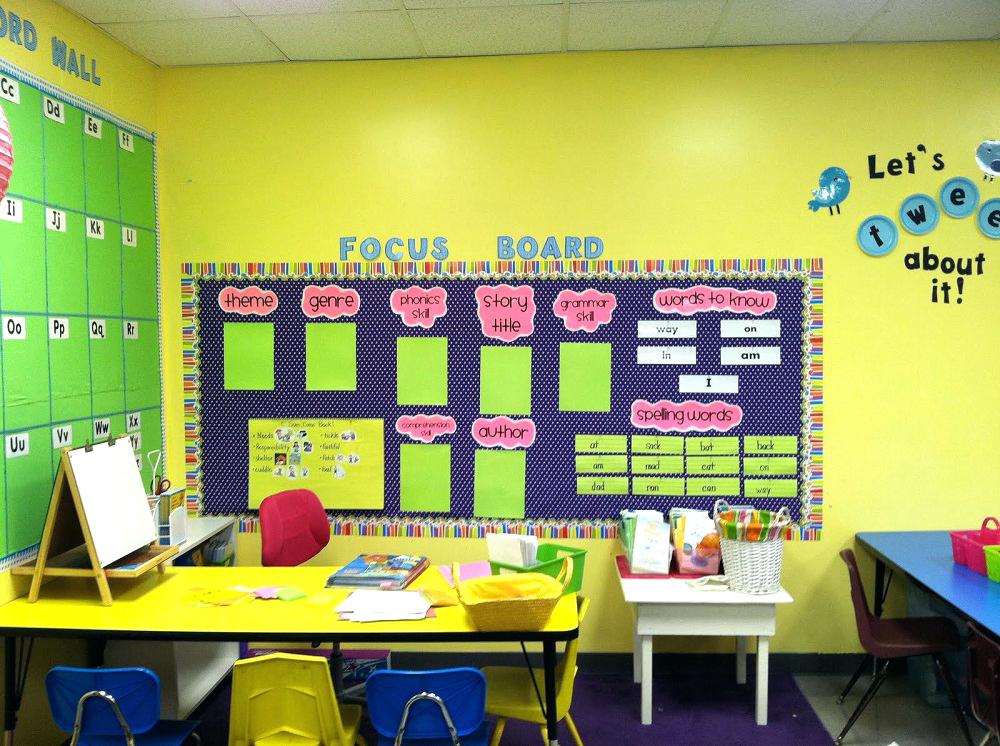Smart Tips for Organizing Furniture in Your Shipping Container for a Smooth Move

Here is how to organize a shipping container to fit the most furniture for your next move!

To numerous individuals, the idea of maximizing space within a shipping container through precise furniture arrangement and storing furniture inside your shipping container may seem akin to solving a perplexing jigsaw puzzle. Nevertheless, once you grasp the technique, the sense of accomplishment can rival that of completing a Rubik’s cube. If you find yourself facing difficulties, there’s no need to worry we’re here to provide comprehensive guidance through every stage, ensuring your relocation proceeds seamlessly.
Understanding Your Space
Prior to arranging your furniture in the shipping container, it’s essential to grasp the container’s dimensions and layout thoroughly. Various container sizes present varied options for furniture organization. For instance, a 20-foot container may suit smaller moves, whereas a 40-foot container provides ample space for larger appliances and furniture. Take note of the dimensions and mentally catalog the available space to plan effectively.
Strategizing the Layout
When arranging your shipping container when moving, understanding its space is paramount for an efficient layout. Begin by strategically planning where each piece of furniture will fit, taking into account the available room. Prioritize the order of furniture placement based on immediate accessibility post-move. Placing essential items towards the back ensures easy access as they will be the first to exit the container. This method optimizes both space and convenience, streamlining the unpacking process.
Dismantling Large Furniture
When aiming to maximize space in your shipping container, disassembling large furniture items such as bed frames, wardrobes, and tables is essential. Breaking down these pieces not only reduces their size but also facilitates fitting them snugly into the container. To streamline the reassembly process, store all screws, bolts, and small components in labeled ziplock bags and attach them to their respective dismantled parts. This organization minimizes confusion and ensures everything needed for reconstruction is readily available.
Protecting Your Furniture
During transit, the movement of a shipping container can be turbulent, necessitating precautions to safeguard your furniture from potential harm. Utilizing bubble wrap to shield the legs of chairs and tables, as well as the edges of other furniture and glass surfaces, can mitigate the risk of impact-related damage. Additionally, covering upholstered furniture and mattresses with protective covers serves as a barrier against dirt, dust, and water infiltration, preserving their condition throughout the journey. Employing these protective measures not only minimizes the likelihood of damage but also ensures that your furniture arrives at its destination in optimal condition.
Using Vertical Space
When arranging furniture in a shipping container, it’s crucial to consider not only the floor space but also the abundant vertical space available. Utilizing this vertical space by stacking items like chairs and tables can significantly enhance space optimization. However, it’s imperative to ensure proper padding between each layer to prevent scratches and potential damage during transit. By incorporating vertical stacking techniques along with adequate padding, you can effectively utilize every inch of available space while safeguarding your furniture.
Uniform Size Packing
In the endeavor to optimize space within your shipping container when moving, adhering to a uniform size for packing containers proves to be a strategic approach. Consistently utilizing boxes of the same size enables seamless stacking of smaller items, eliminating wasted space and streamlining the packing process. Additionally, labeling each box correctly enhances organization and facilitates easier identification of contents upon arrival.
Use of Fillers
Even with thorough planning, it’s common to have leftover corners and spaces within your shipping container. These areas can be effectively utilized by inserting small or irregularly shaped items, optimizing space and preventing shifting during transit. By strategically filling these spaces, you not only maximize efficiency but also enhance the safety of your cargo during transportation.
Ensuring Weight Distribution
Achieving optimal furniture arrangement in your shipping container involves more than just fitting everything inside—it’s crucial to ensure even weight distribution. This precautionary measure plays a pivotal role in stabilizing the container during transport, mitigating the risk of tilting and potential damage to your belongings. By prioritizing balanced weight distribution, you enhance the safety and security of your items throughout the shipping journey.
Loading and Unloading Order
Aligning your loading order with your unloading plans is essential; prioritize loading items you’ll need first and place necessary items last. This strategic organization guarantees swift access to urgent items upon arrival at your new residence, streamlining the unpacking process. By implementing this approach, you ensure efficiency and convenience during both loading and unloading stages of the move.
Final Thoughts
Organizing furniture for a move in a shipping container can be challenging. Still, with thoughtful planning and the right techniques, it can be efficiently done. As you embark on your packing journey, remember that preparation, protection, optimal usage of space, and correct loading order are key to successful arranging. By implementing these smart tips, you will undoubtedly be on the path to a smooth move!








